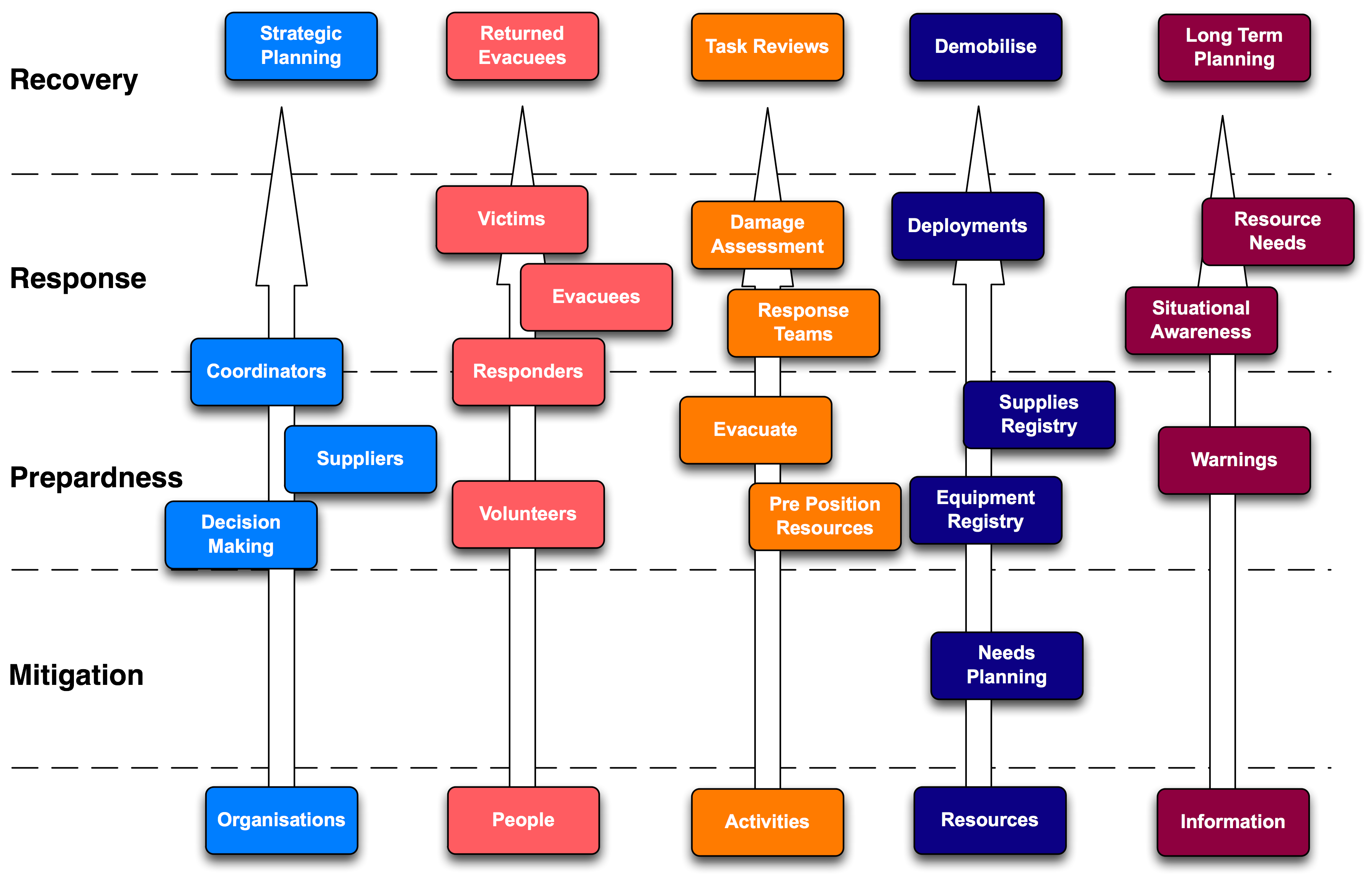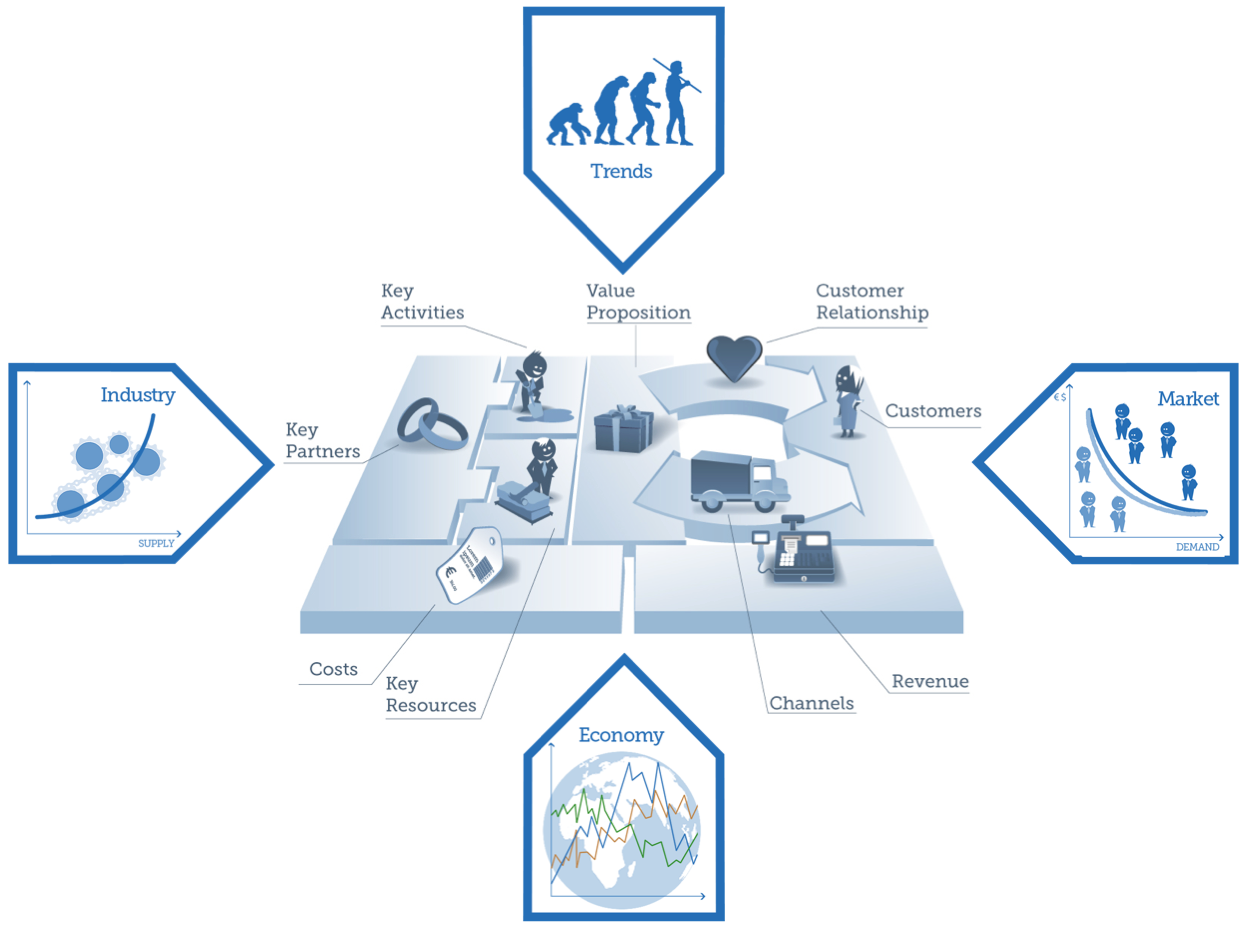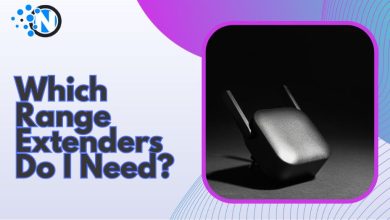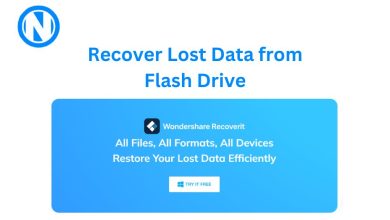Microsoft’s Definition of Entity Model Framework and 3 Best Practices to Boost EF’s Performance

 Entity Framework automates all your database related activities for your application. Entity Framework is an object relational model framework developed by the Microsoft. Microsoft developed Entity Framework because writing and management of ADO.Net code for the purpose of access to data is a complex job.
Entity Framework automates all your database related activities for your application. Entity Framework is an object relational model framework developed by the Microsoft. Microsoft developed Entity Framework because writing and management of ADO.Net code for the purpose of access to data is a complex job.
Microsoft’s Definition of Entity Framework:
Microsoft calls it as an OMF (Object Mapping Framework). According to the Microsoft, it helps custom website application development service providers in the process of working with relational data domain specific objects. It easily eliminates the requirement of most of the data access plumbing code usually required to be written by developers. It allows developers to issue queries through LINQ and then retrieve and manipulate the whole data as strongly written objects.
Its ORM provides the following services:
- Change Tracking
- Identity Resolution
- Lazy Loading
- Query Translation
It ORM provides these services to help custom website application development service providers concentrate on app specific business logic instead of the data access fundamental.
When it is Useful?
It is very productive in three specific scenarios Listed below:
- According to the website maintenance companies, you should have a database or if you planning about having a database prior to other parts of the application.
- If you first want to create the domain classes and then opt for the development of a database using your own domain classes.
- It is also useful if you are willing to design your own database schema using the visual designer and then proceed with the development of database and classes.
Actually, it is very use4ful for creating classes for your existing database to help you utilize these classes with the objective of interacting with the database instead of the ADO.NET straightaway. Moreover, it allows you the luxury of creating your own database using your classes to allow you to concentrate on design that is domain driven. It has its own model designer to help you create a database model of your own. After all this process, entity framework creates database and classes that based on database model.
This cannot be Possible Unless You are Familiar With the Best Practices:
Custom web application development service providers use it as an extended object relational model. They use it for isolating the object model of your app from the data model. Entity Framework is an open source object relational model for ADO.NET. That is utilized as an integral part of .NET framework.
This is why it is essential for you to be familiar with the best practices to use entity framework. Maintenance support services providers recommend these practices to boost the performance of web applications. Provided below are the best practices for
Make Sure Your Entity Data Model Represents a Single Unit of Work:
It should not represent the entire data table. If there are a number of stored procedures, tables views etc. in the database that are either disconnected or not required for a specific unit of work because it can reduce the performance of your database due the loading of a number of objects in the memory that are not needed. This is why maintenance support service providers advise you to divide the large entity data model into smaller ones. At the same time, make sure every data model represents one unit of work in this whole process.
You Need to Disable Change Tracking:
Do you need change tracking? If not, disable it. You certainly do not need it specifically to be able to data and updates on the data read are not required. This is why experienced website support service providers advise you t to use the code given below disable change tracking:
PayrollContext context = new PayrollContext();
You can this code even to cache the result of queries at time of trying to retrieve customers from the database without having to bother about updating the records.
Use Pre-generated Views:
Creation of ObjectContext is not affordable. Creation of object context involves the cost of loading as well as validating the metadata. Therefore, you are advised to utilize pre-generated views. Pre-generated views help you reduce the response time at the time of first requests’ execution. All in all, its runtime generates a set of classes especially when the ObjectContext is insatiated for the first time. According to renowned website maintenance companies advise you to pre-generate the view using EdmGen.exe command line tool or T4 templates for the EDMX files.
At Last:
Remember, if needed, you will have to execute the EDdmGen.Exe with the /mode: ViewGeneration flag for –regenerating the views. In such a situation, website maintenance companies advise you to code first model for regenerating the views.




